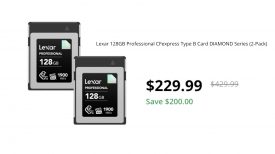People’s Park is a foreigner’s observation of one of Shanghai’s public parks. The film is 47 minutes long and it is a deep observation into the culture that exists to this day within one of China’s biggest public parks.
The film was shot in a total of 36 hours over the course of six days in June 2018. This film was not commissioned and was purely a passion project intended to examine human relationships to public parks.
Jon’s films have received over 11 million views and seven Vimeo staff picks- and this most recent film is quite a departure from his previous work.
Jon has worked on very big productions for Nike, Tiffany & Co, and Samsung.
In an era of disrupting subjects to achieve an agenda, Jon’s film brings insight into creating a piece of content without disrupting the subjects. People’s Park is totally observational and it seems as though the filmmaker is invisible throughout the majority of the film.
I caught up with Jon to ask him about People’s Park.
What is the story behind People’s Park?
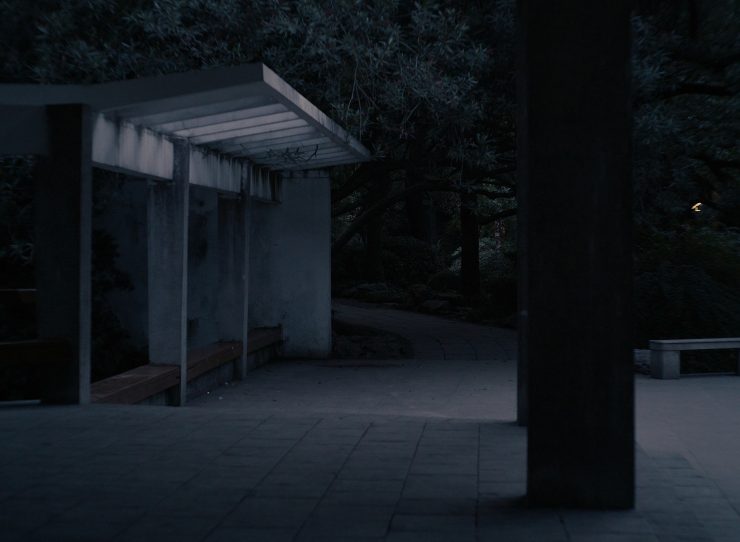
More then anything, to me, the story behind this film is about the beauty of just going out and shooting with a small camera. No excuses- just pure curiosity leading the direction. This is why I love the NewsShooter concept. I shot news for a year and I learned so much from the process.
On the flip side, the past 8 years I’ve been working on big sets/shoots in the commercial space and this film was really a reaction to a gear/tech frenzied commercial filmmaking culture. I desperately needed to get back in touch with my raw curiosity as a filmmaker, and the mirrorless camera system was the perfect tool for me to do just that. I’m happy to go on and on about why I LOVE mirrorless cameras, and why I shot my last 4 films entirely on them.
You have worked on some very big commercial campaigns in the past. Do you feel that we are getting too obsessed with the gear and are losing focus on the story?
It’s hard for me to speak to what the general filmmaking world is or isn’t focusing on at the moment. I’ve just been so in my own little world this past year (or two) and focusing on getting my own life, career, and passion for filmmaking back on the rails. I will say, I think it can be easy to become obsessed with gear and tech because it’s externally facing, always evolving, and likely always exciting in one way or another. On the contrary, good stories often deal with digging deep to discover what’s on the inside, and that isn’t always such a fun and exciting process. It can be emotionally daunting and bring up a lot of vulnerabilities. This is precisely one of the reasons I started coaching filmmakers last April; because we all have unique stories and perspectives to share (and most of us have a camera that can shoot high-quality video!), and I want to see more filmmakers creating work that is an extension of who they are.
In closing, gear is definitely important, but my opinion is that if you have any camera that can shoot video, then it should be put to use by making films, experimenting, and telling stories, not growing dust.
What equipment did you use to shoot People’s Park?
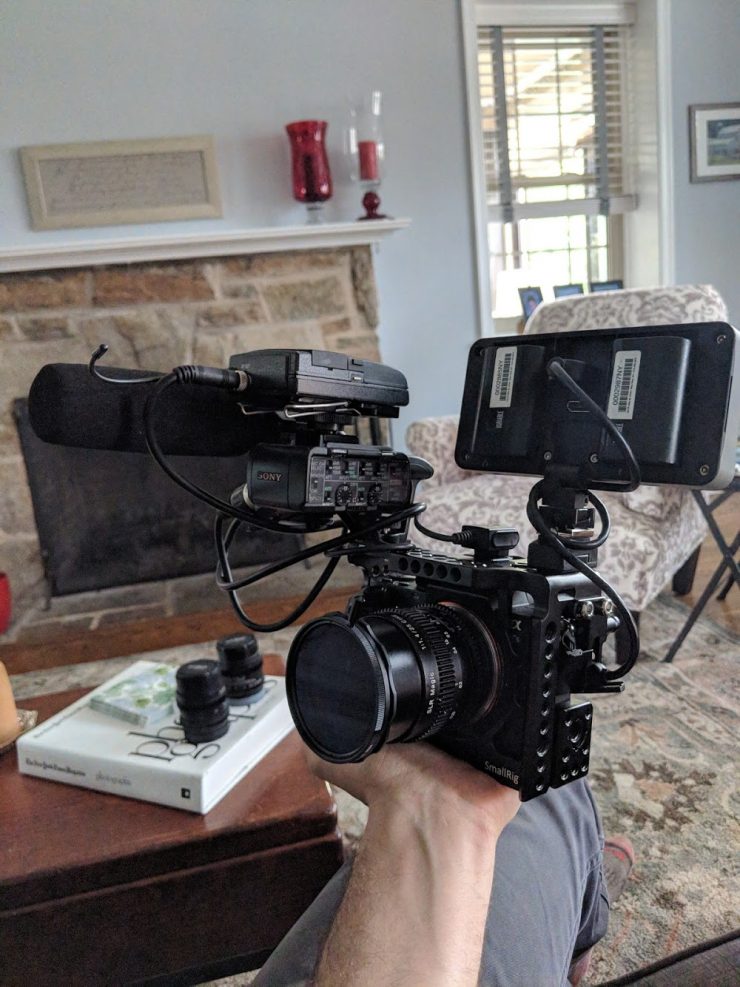
I used a Sony A7S2, SLR Magic Primes, Sony 70-300, Sony 70-200, Sony 100-400, Sony XLR-K1M Mic, and Miller tripod
How did you approach filming this project?
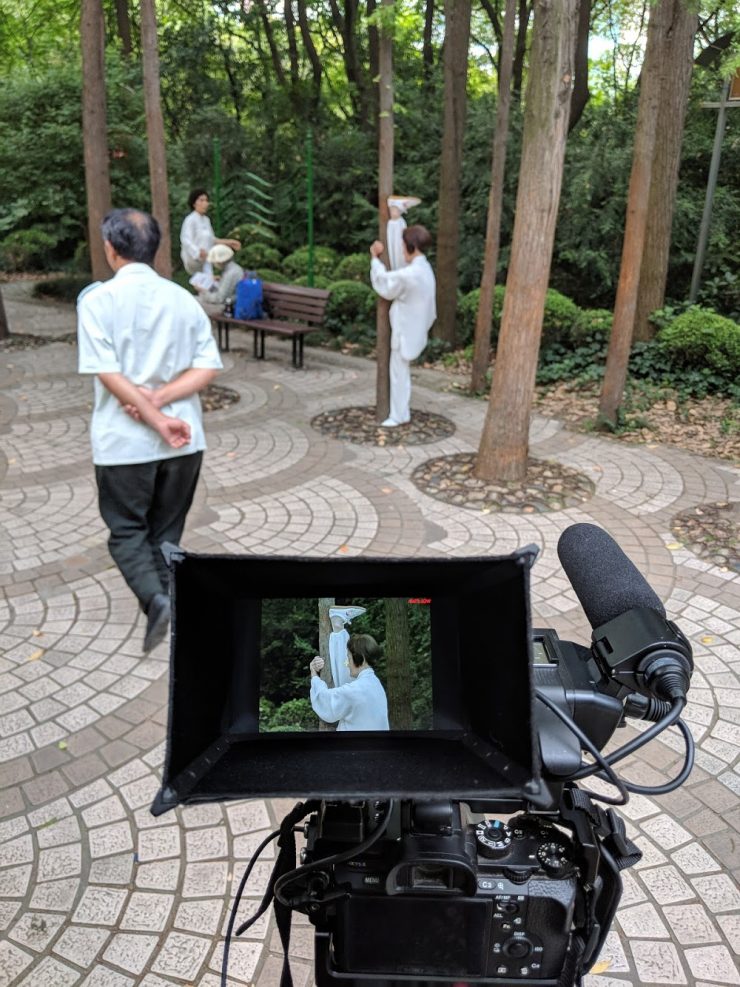
My approach to this project was more of a mindfulness practice than anything, one that dealt with surrendering fully to the present moment. The process of filming was intended to get me back in the rhythm of shooting personal projects again after being burnt out for far too long, so I didn’t want to put any additional pressure on myself. Because of that, there was no expectation with the outcome. I just showed up for six days over the course of a couple of weeks and surrendered control.
As far as the lensing / camera approach, I’ve been interested in observational documentary for a long time so I just wanted to try and define it further for myself. I figured that if I shot everything with longer lenses then I could capture an honest look at people in a place during a specific time. As the shooting went on and my energy started synergizing with the environment and people, I started getting closer, and closer to the people, and really started to feel invisible after a while. I continue to learn big lessons about the role my energy plays in capturing honest interactions and moments.
People’s Park is almost like slow TV. Do you think audiences are becoming more interested in fly on the wall observational films?
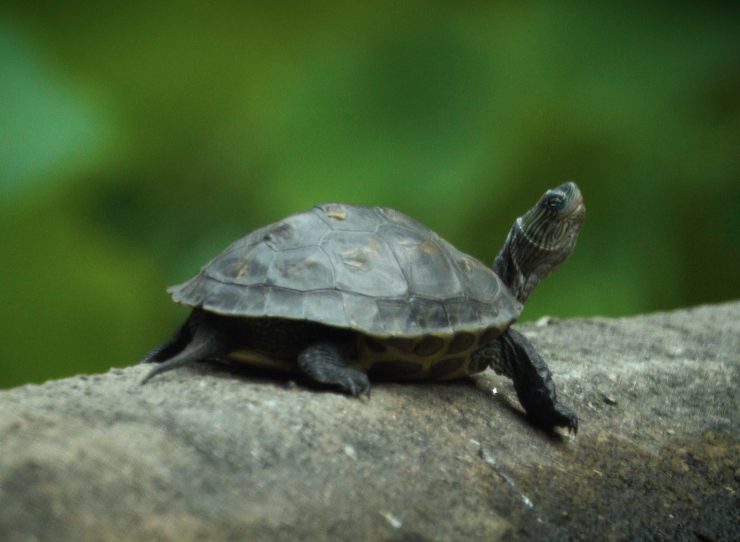
I think there is an audience that is becoming more interested in fly on the wall/observational films, but I don’t think it’s a very big one. It’s probably like .00000001 of the population. It’s likely people like me who see the value in slowing down in contrast to what seems like a very fast-paced world. All in all, I just know from my own feelings and awareness that I feel much, much better when I slow down and observe the world around me and I have to believe that there are in fact a lot of other people who feel the same way.
People are bound to ask this, but what you made you choose a 4:3 aspect ratio?
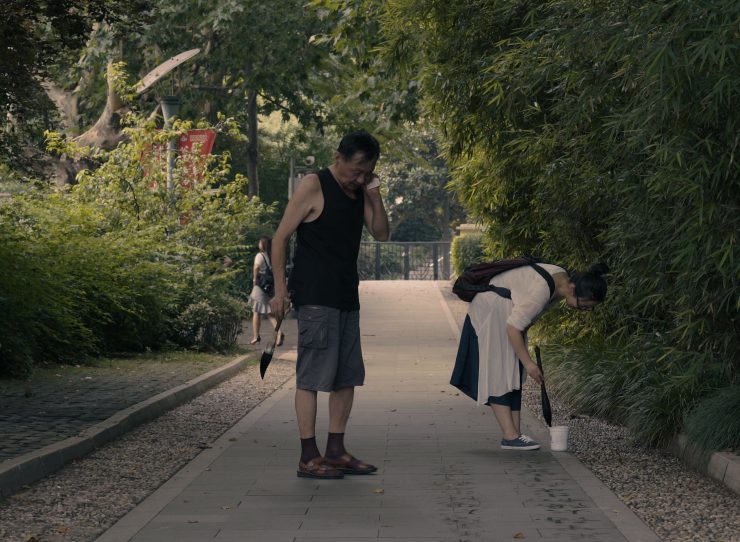
I chose to shoot in 4:3 specifically because it gave me more control over what’s inside the frame. One of my goals with the film was to make every shot feel like it took place within an oasis of greenery. Because of this goal, I needed to frame very intentionally to not show all of the buildings that exist around and above the perimeter of the park. I think I did a pretty good job at trimming the buildings away with framing, but the ambient city noise in the audio, unfortunately, was a bit of a challenge (is there a 4:3 equivalent for audio?!
Was it liberating just filming something for yourself without a script, story boards, and a big crew?
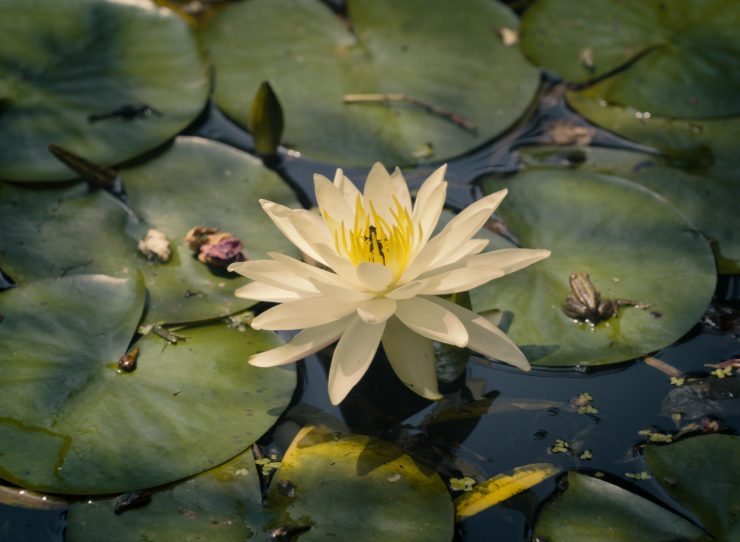
Absolutely. I love shooting by myself and/or with one assistant. It’s a therapeutic process of self-discovery for me- where I am responsible for almost every decision, similarly to a painter and a canvas, or a writer and the page. You take full responsibility, and I find a lot of meaning in that process.
Why should people shoot passion projects?
I think passion projects are an essential tool to hone your vision, values, and philosophy as a filmmaker and human being. I think of passion projects like ‘practice’. Just like people who play sports practice and become better. It just works. Additionally, it’s a character builder to make passion projects because you are essentially saying; “hey, this is me” and that takes a lot of courage. Ultimately, if you want to get hired to do work that is true to your own voice or style, then I think you must make passion projects…otherwise, it’s easy to get hired to copy or replicate someone else’s style, and I personally think that can become numbing after a while.
What advice do you have for young filmmakers?
Keep experimenting. Filmmaking is such a part of life for us that it’s important to find a way to enjoy the process and not always put so much pressure on the end results. Life can become so painful if that’s the process for every project you get involved in (at least it did for me!). Not every film needs to be a hit. You need to enjoy life and let yourself breathe (at least on occasion!). Go into each passion project with an intention to learn & take-away something specific, so worst case, if the film comes out not to your liking (or anyone else’s liking!), the knowledge you gained during the filmmaking process cannot be taken away from you.




